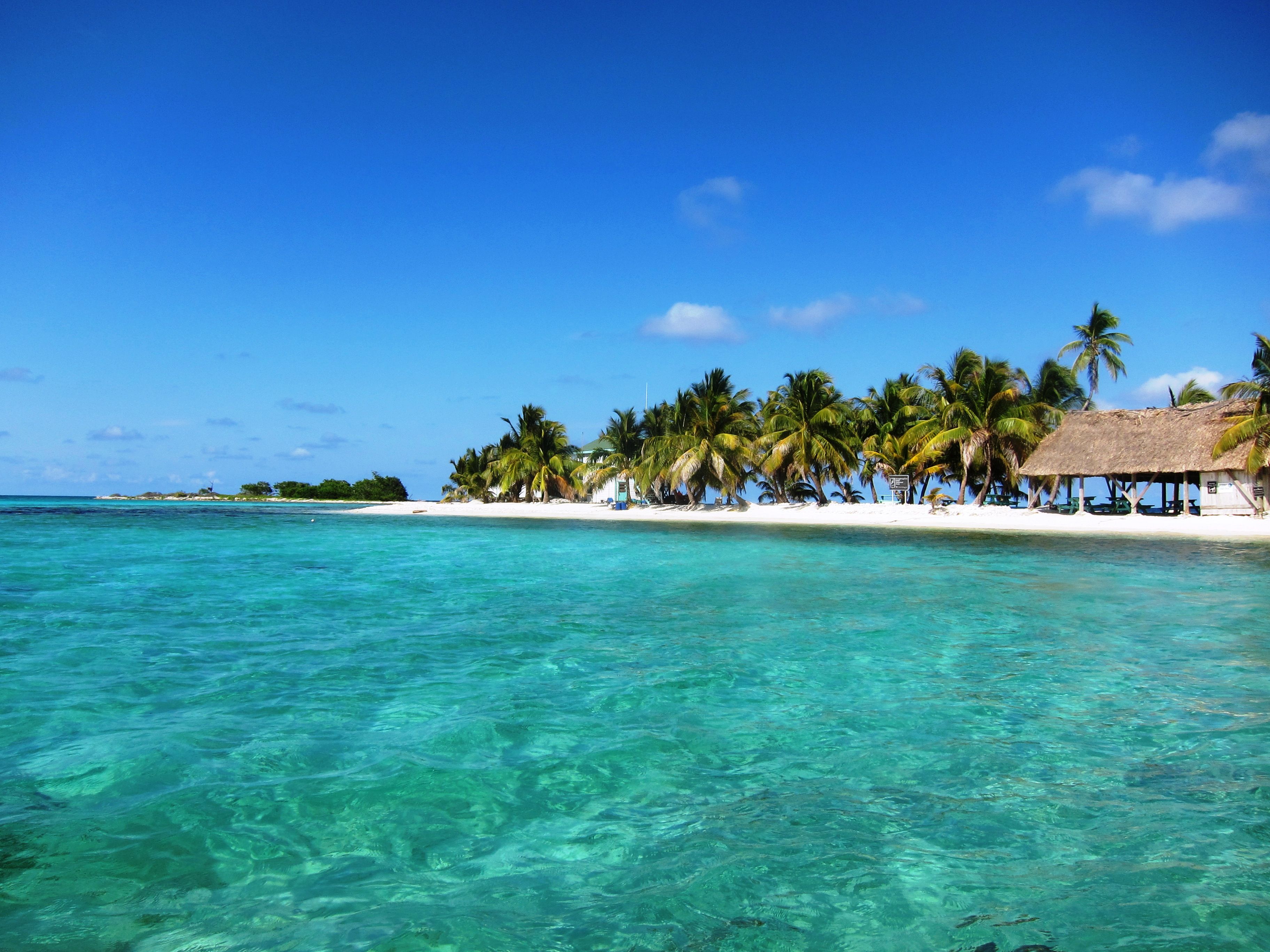Simone Biles’ Mother’s Place of Origin

Where is simone biles mother from – Simone Biles, the renowned Olympic gymnast, was born in Columbus, Ohio, on March 14, 1997. Her biological mother, Shanon Biles, struggled with addiction and was unable to provide a stable home for her children. As a result, Simone and her siblings were placed in foster care.
Simone Biles’s mother, Nellie Cayetano Biles, is from Belize. Simone’s rise to fame began at a young age, and she quickly became one of the most successful gymnasts in the world. She has won numerous medals at the Olympics, World Championships, and other competitions.
Her story is an inspiration to many, and she continues to be a role model for young athletes around the world. Read more about Simone Biles’s rise to fame here. Despite her success, Simone has never forgotten her roots.
She is proud of her Belizean heritage, and she often visits the country to spend time with her family.
Adoption and Mother’s Birthplace
In 2000, Simone and her younger sister Adria were adopted by their maternal grandfather, Ron Biles, and his second wife, Nellie Biles. The adoption was finalized in 2003. Simone’s biological mother, Shanon, was born in Belize, a small country located in Central America.
Simone Biles’ mother is from Belize, a small country in Central America. Speaking of international competitions, have you heard about the USA vs Australia score ? It was an intense match! Back to Simone Biles, her mother’s Belizean heritage has influenced her upbringing and cultural identity.
Cultural Background and Influences

Simone Biles’ mother, Nellie Cayetano Biles, was born in Belize, a country in Central America. Belize has a rich cultural heritage that blends influences from the Maya, Garifuna, and Creole communities. Nellie’s cultural background has significantly shaped her values and parenting style, which have had a profound impact on Simone’s upbringing and achievements.
Maya Influences
The Maya people are indigenous to Belize and have a long and vibrant history in the region. Maya culture emphasizes the importance of family, community, and respect for nature. Nellie’s Maya heritage has instilled in her a deep sense of these values, which she has passed on to Simone.
Garifuna Influences
The Garifuna people are descendants of West Africans who were brought to the Caribbean as slaves. They have a unique culture that blends African and Caribbean influences. Nellie’s Garifuna heritage has given her a strong sense of resilience and determination, which has been a driving force in Simone’s athletic career.
Creole Influences, Where is simone biles mother from
The Creole people are a mix of African, European, and Maya ancestry. They have a vibrant culture that celebrates music, dance, and storytelling. Nellie’s Creole heritage has given her a love of the arts, which she has shared with Simone.
Impact on Simone’s Upbringing and Values
Nellie’s cultural heritage has had a profound impact on Simone’s upbringing and values. She has instilled in her daughter the importance of hard work, perseverance, and respect for others. Simone has also inherited her mother’s love of the arts and her strong sense of community.
Impact on Simone’s Career and Achievements
Nellie’s cultural background has also played a role in Simone’s success as an athlete. Her Maya heritage has given her a strong sense of determination and resilience, while her Garifuna heritage has instilled in her a fighting spirit. Her Creole heritage has also contributed to her love of the arts and her ability to connect with people from all walks of life.
Historical Context: Where Is Simone Biles Mother From
Adoption is a practice with a long and complex history, shaped by social, cultural, and legal factors. In the past, adoption was often used as a way to provide homes for orphans or children who were abandoned by their parents. In the United States, adoption became increasingly popular in the 19th century, as a way to provide homes for children who were orphaned as a result of the Civil War.
In the 20th century, adoption practices began to change. The development of social welfare programs and the increasing availability of contraception led to a decline in the number of children who were available for adoption. As a result, adoption agencies began to focus on placing children with special needs, such as those with disabilities or who were from minority groups.
Social and Legal Factors
The adoption process is governed by a complex set of social and legal factors. In the United States, adoption is governed by state law. Each state has its own laws regarding who can adopt, what the requirements are for adoption, and how the adoption process is carried out.
In general, adoption requires the consent of the child’s parents. However, there are some exceptions to this rule. For example, in some cases, the parents may have abandoned the child or may be unable to care for the child. In these cases, the state may terminate the parents’ rights and allow the child to be adopted.
